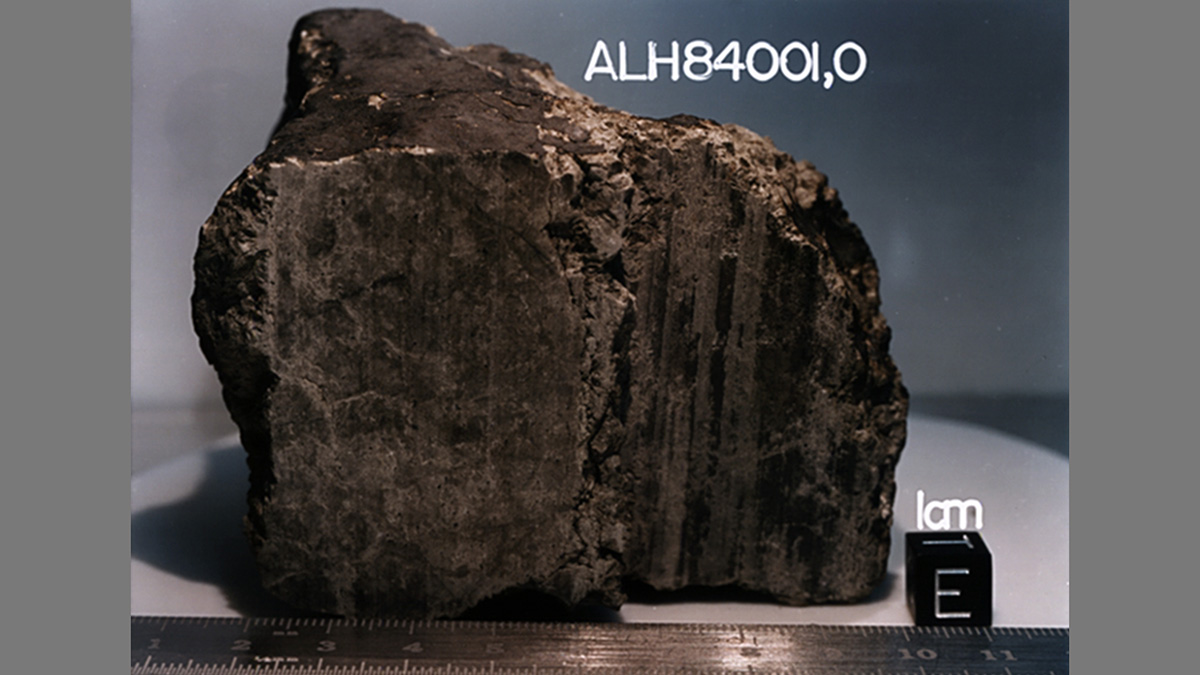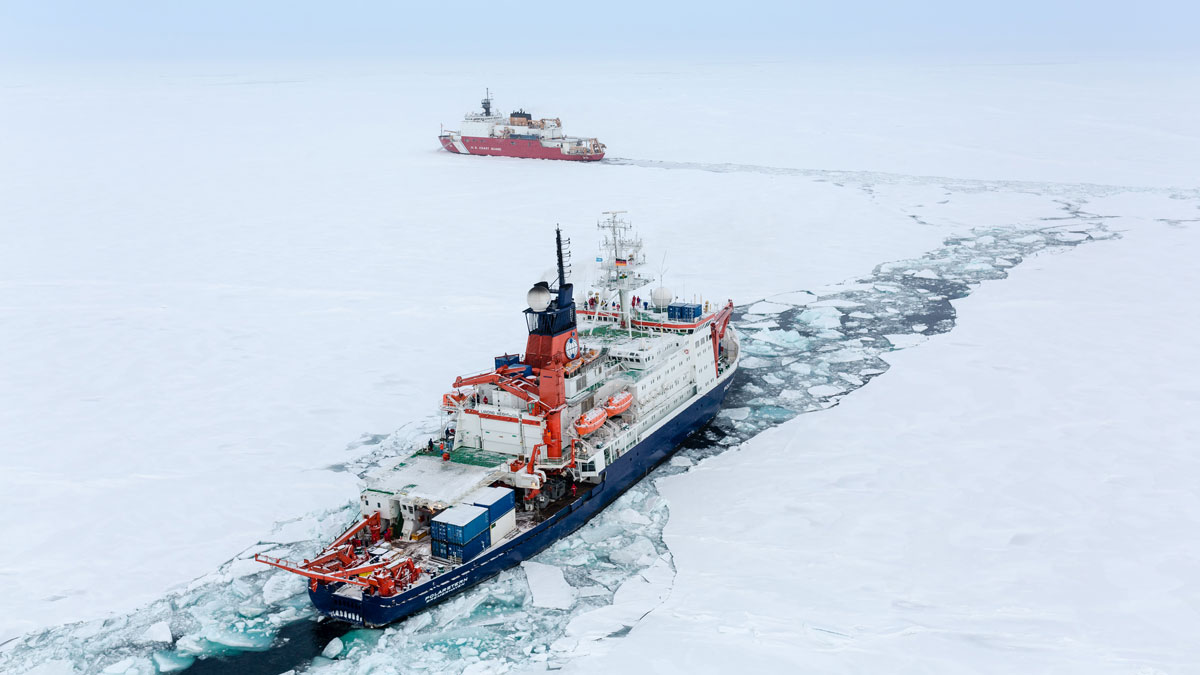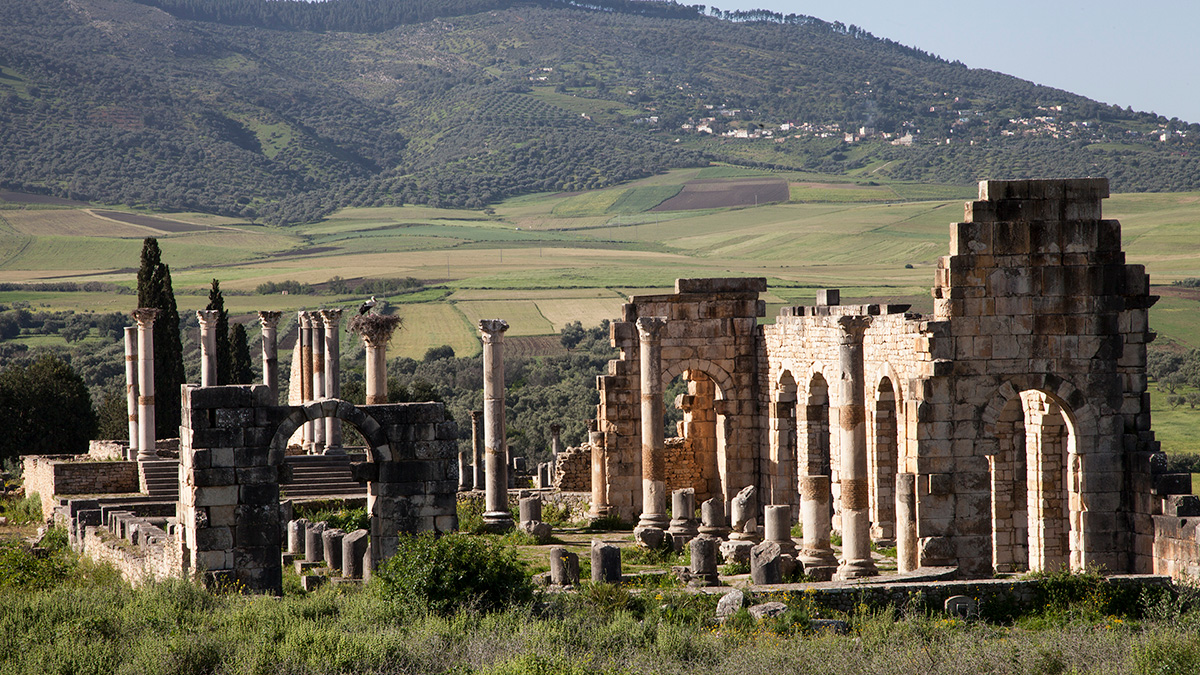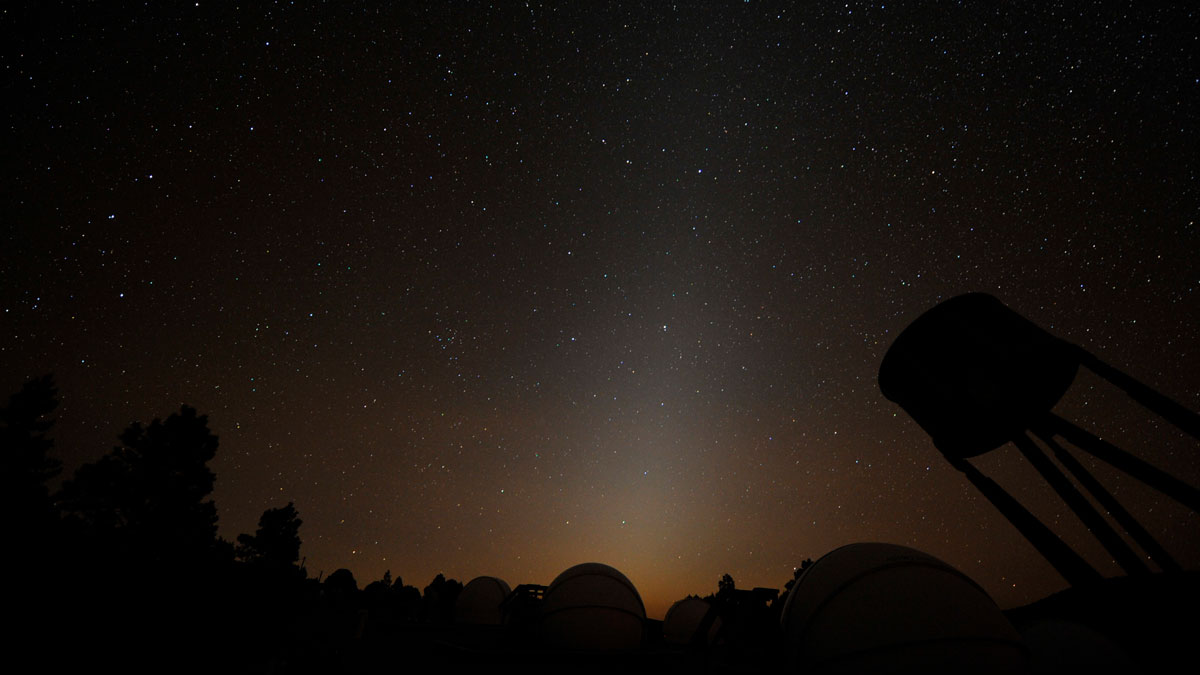Organic molecules on a Martian meteorite have fueled nearly 30 years of scientific debate. New evidence suggests they were formed by Martian processes, offering more support for a once habitable environment on the Red Planet.
geochemistry
What Conditions Accompanied the Late Ordovician Mass Extinction?
The second-largest mass extinction in Earth’s history took place in a period of stresses from non-sulfidic anoxia in shelf areas, together with glacioeustatic sea-level change and climatic cooling.
Diurnal Oxidation for Manganese Minerals in the Arctic Ocean
The relative abundance of different oxidation states for this important micronutrient varies on the basis of how much available sunlight there is.
Community Input Drives Superfund Research
Researchers identified geochemical tracers for lead and investigated Oklahomans’ concerns at the Tar Creek Superfund site.
Roman-Era Millstone and Mixer Makers Knew Their Rocks
The geochemistry of basalt millstones and mixers from the city of Volubilis suggests a local origin—and that rocks were picked for specific purposes, from crushing olives to mixing dough.
Cosmic Dust May Be Key Source of Phosphorus for Life on Earth
When tiny particles enter Earth’s atmosphere, a newly described series of chemical reactions may lead to production of phosphorus-containing molecules that are essential for biological processes.
Identifying an Eruption “Tipping Point” in Hot Spot Volcanoes
By analyzing lava samples, researchers show how chemical processes that occur during magma’s ascent to the surface may contribute to a volcano’s eruptible state.
Shedding Light on Microbial Communities in Deep Aquifers
Researchers use a packer system to study the microbial communities living in waters sampled from deep, uncontaminated peridotite aquifers.
Lasers Have the Makings of a 21st-Century Geoscience Tool
Laser-induced breakdown spectroscopy is a versatile geochemical tool being used in a wide range of applications, from Mars rovers to earthly rock identification.
Better Together: Perovskites Boost Silicon Solar Cell Efficiency
Scientists engineer a way to layer materials to boost efficiency without interrupting manufacturing processes.










